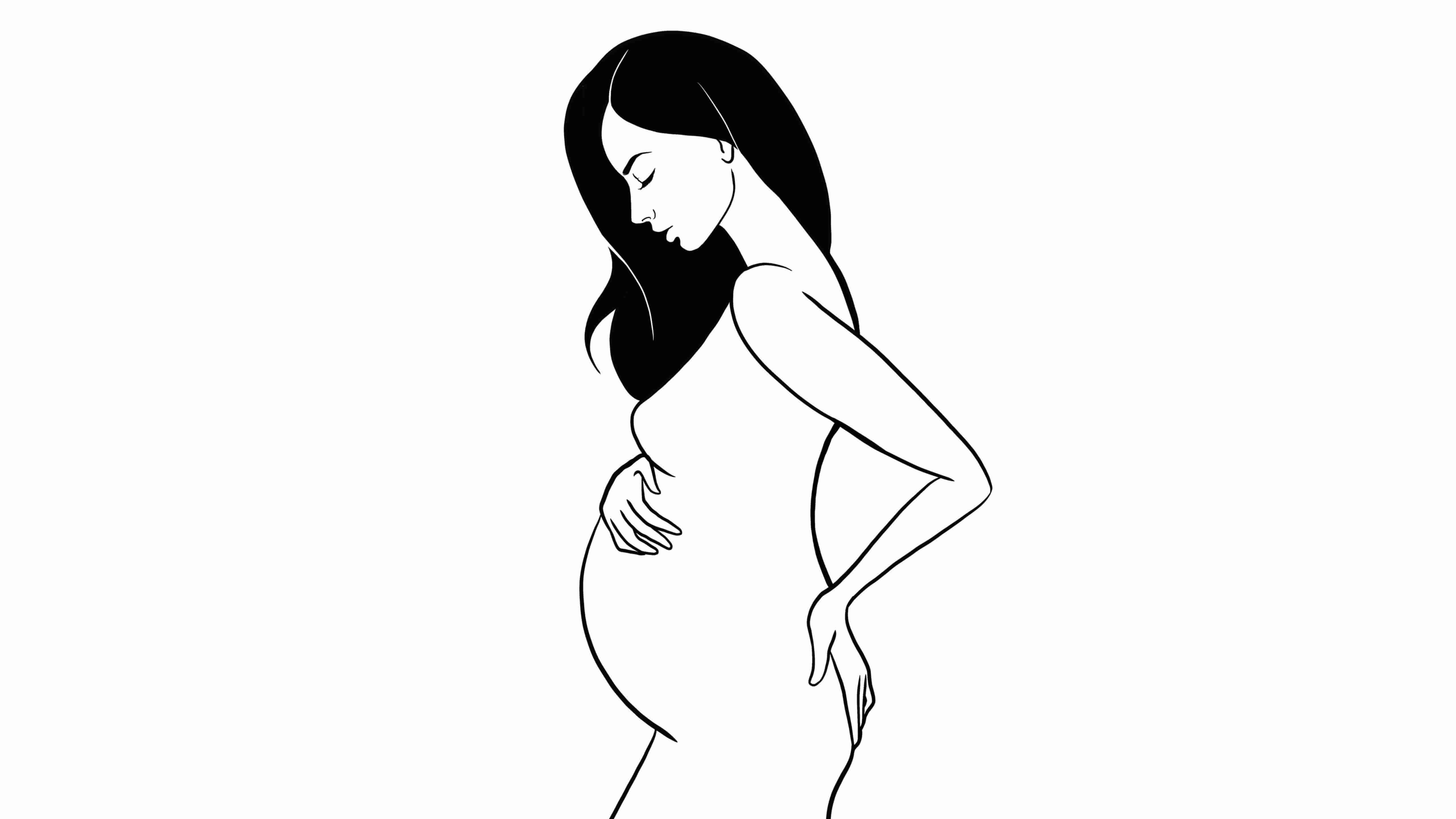

Understanding when this hormonal shift is likely to happen allows individuals to practice better self-care. A deficiency in this critical hormone can manifest through various symptoms such as irregular periods, mood swings, and insomnia. After ovulation, which occurs midway through your cycle (around day 14 in a typical 28-day cycle), your body's luteal stage is inaugurated like a coronation ceremony for progesterone. This can be achieved through lifestyle interventions like diet and exercise or more direct medical approaches such as birth control pills which maintain consistent hormone levels throughout the cycle or SSRIs for managing mood-related symptoms. One conspicuous sign of dropping progesterone is a change in mood.
By paying attention to subtle signs, it is possible to predict when progesterone levels might dip prior to menstruation. However, as menstruation approaches, there occurs an astonishing shift - progesterone levels plummet precipitously. Exercise holds dual benefits: it reduces stress while also potentially improving hormonal balance through weight management and increased circulation. Decreased progesterone can also engender physical discomforts such as bloating or tenderness in the breast region.
When levels of progesterone fall abruptly or are lower than usual, various physiological disturbances may surface. However, if fertilization does not occur, progesterone levels plummet precipitously. On top of these effects, diminished progesterone may lead to skin issues like acne breakouts or dryness fluctuations due to its role in sebum production regulation. Close monitoring ensures that adjustments can be made promptly if necessary while minimizing risks associated with overtreatment or undertreatment.
Afterward enters the luteal phase, where progesterone takes center stage. Each phase is marked by specific hormonal changes primarily involving estrogen and progesterone. Certainly! Just before menstruation commences, progesterone levels plummet dramatically.
Moreover, for some individuals with underlying conditions such as polycystic ovary syndrome (PCOS), treating the root cause can help rebalance hormones. Every month, the female body performs a complex routine that culminates in either pregnancy or menstruation. Just as astronomers eagerly chart stars' paths across galaxies far away from us here on Earth – by mapping our internal hormonal constellations with care and curiosity – we too may navigate life's cyclical nature with enhanced grace and knowledge. How to Use Simple Clues To Foresee When Your Body Will Lower Its Progesterone Levels Pre-PeriodUnderstanding the nuances of your body's hormonal fluctuations can be akin to deciphering an intricate puzzle.
The absence of sufficient progesterone leaves some feeling unmoored in tumultuous seas as estrogen dominance can exacerbate these effects. These disturbances can manifest as cycles that are either abnormally short or exceptionally prolonged. Emotions can seem like an unpredictable roller coaster—happy one moment and inexplicably teary or agitated the next.
Tracking your menstrual cycle offers invaluable insights into when these hormonal fluctuations might arise. However, if conception does not occur, the corpus luteum begins to deteriorate. This hormonal nosedive serves as an internal cue for renewal within the reproductive system. An average cycle lasts 28 days but can range from 21 to 35 days in adults. In addition to scientific methods, paying close attention to how you feel throughout your cycle can provide clues about hormonal shifts—many women report specific symptoms corresponding with higher progesterone levels like breast tenderness or bloating during their luteal phase.
This surge supports the thickening of the uterine lining, creating a nourishing environment for potential embryo implantation. These hormonal fluctuations are not isolated events; they influence many bodily systems beyond reproduction itself. Additionally, fatigue may prevail even when adequate rest is attained - leaving one feeling perpetually exhausted. Through vigilant assessment and tailored interventions based on individual needs, women can reclaim their hormonal equilibrium—and with it—their reproductive well-being.
Rising estrogen levels initiate the rebuilding of the endometrium—the lining of the uterus—which was shed during menstruation. In conjunction with symptom tracking and ultrasound assessments of follicular development and corpus luteum function, clinicians can paint a comprehensive picture of hormonal health. These supplements usually come in the form of vaginal suppositories or oral capsules taken after ovulation to enhance uterine lining quality and support embryo implantation. Progesterone levels are typically low during the initial follicular phase, which encompasses menstruation and precedes ovulation.
After ovulation, under the influence of progesterone, cervical mucus usually becomes thicker and less abundant – indicating higher levels of this hormone. These messengers travel through the bloodstream to target tissues or organs, where they bind to specific receptors to elicit responses that control numerous bodily functions. It does so by causing the endometrium to become thicker and more glandular—characteristics essential for nurturing an embryo. Lifestyle interventions prove beneficial during this time.

It plays a vital role in menstrual cycles and maintaining pregnancies. Another method involves tracking physical signs such as changes in cervical mucus or utilizing ovulation predictor kits (OPKs). By staying informed about how progesterone impacts your body throughout each menstrual cycle phase—and implementing strategies both for monitoring its progressions as well as alleviating any resultant symptoms—you will be more empowered within your journey toward optimal hormonal health. Moreover, advancements in technology have paved the way for apps and fertility monitors that simplify this process by doing much of the analysis for you.
If fertilization does not occur, progesterone levels will decline towards the end of the luteal phase. With awareness comes preparedness; henceforth allowing women to navigate their monthly cycles with greater ease and confidence. The exact mechanism by which progesterone affects PMS symptoms is complex and multifaceted.
Central to this performance is progesterone, a key hormone that rises after ovulation and falls just before the onset of menstruation, leading to various premenstrual changes. Common signs that indicate a decrease in progesterone include premenstrual syndrome (PMS) symptoms such as mood swings, bloating, headaches, and breast tenderness. Progesterone causes a slight increase in BBT after ovulation.
Furthermore, low levels of this hormone have been linked with headaches or migraines which can be debilitating for those affected by them regularly. Progesterone, a pivotal hormone in the female reproductive cycle, undergoes significant fluctuations throughout the menstrual cycle. Charting your menstrual cycle can be an invaluable tool in this quest for understanding.
Crafting an essay with the specific instruction of selecting the least probable word for every six words presents a unique challenge. As these follicles develop, they start producing more estrogen.
Another indicator is physical discomfort in the form of premenstrual syndrome (PMS). Progesterone has several important jobs: it further prepares your uterine lining for implantation and maintains it should fertilization occur.

Being attuned to this impending drop requires an awareness of both physical symptoms and timing. This steep drop usually manifests about a week prior to menstruation commencing—a surprising juncture given progesterone's peak just days before. Charting basal body temperature or noting specific symptoms can help identify patterns correlated with progesterone's fall. This information could be instrumental not only for family planning purposes but also for managing conditions affected by hormone fluctuations like premenstrual syndrome (PMS) or polycystic ovary syndrome (PCOS).
Mid-cycle marks ovulation when an egg is released from an ovary and estrogen peaks just before this event. In essence, progesterone turns the uterus into a hospitable environment conducive to supporting early pregnancy. Nonetheless, let's embark on this creative endeavor.